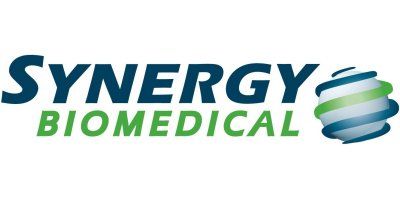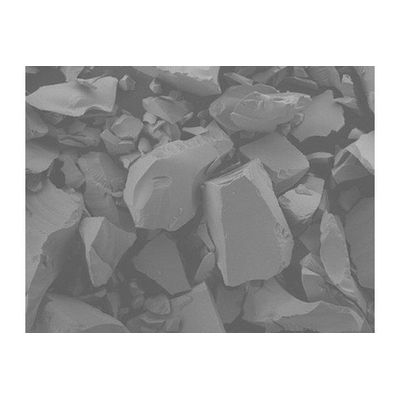

Synergy Biomedical, LLC
- Home
- Companies
- Synergy Biomedical, LLC
- Products
- BioSphere - Standard Bioactive Glass ...

BioSphere - Standard Bioactive Glass Technology
- The 45S5 formulation of bioactive glass has been the primary material used in today`s bioactive glass bone graft products (45% SiO2, 24.5% CaO, 24.5% Na2O, and 6% P2O5).
Most popular related searches
bioactive glass
bone graft material
in vitro test
bone formation
bone mineral
bone graft
bioactive bone graft
bioactive bone
bioactive graft
implant
- When implanted, 45S5 bioactive glass undergoes a dissolution process that releases ions from the glass. 45S5 bioactive glass particles are fully resorbed and replaced by bone within approximately 9-12 months.
- The dissolution process is governed by the shape and size of the particle. Due to a higher surface area, smaller particles will dissolve faster than larger particles. In addition, spherical particles will have more reproducible ion release.
- The bioactive properties of 45S5 glass are due to the ability of the material to form a bone-like mineral layer on its surface (hydroxy-carbano-apatite - HCA). [1] As the bioactive glass particles begins to dissolve in vivo, the ions released from the glass combine with local ions to form an HCA coating on the surface.
- Due to the similarity of the HCA layer to bone mineral, the coating provides an optimal surface for new bone formation and results in a chemical bond between the bioactive glass particles and the surrounding bone.
- During the dissolution of 45S5 bioactive glass, a variety of ions are released from the material (silica, calcium, phosphate, and sodium ions).
- In vitro testing of 45S5 bioactive glass has shown that the dissolution ions positively affect cells involved in bone formation. [2,3]
